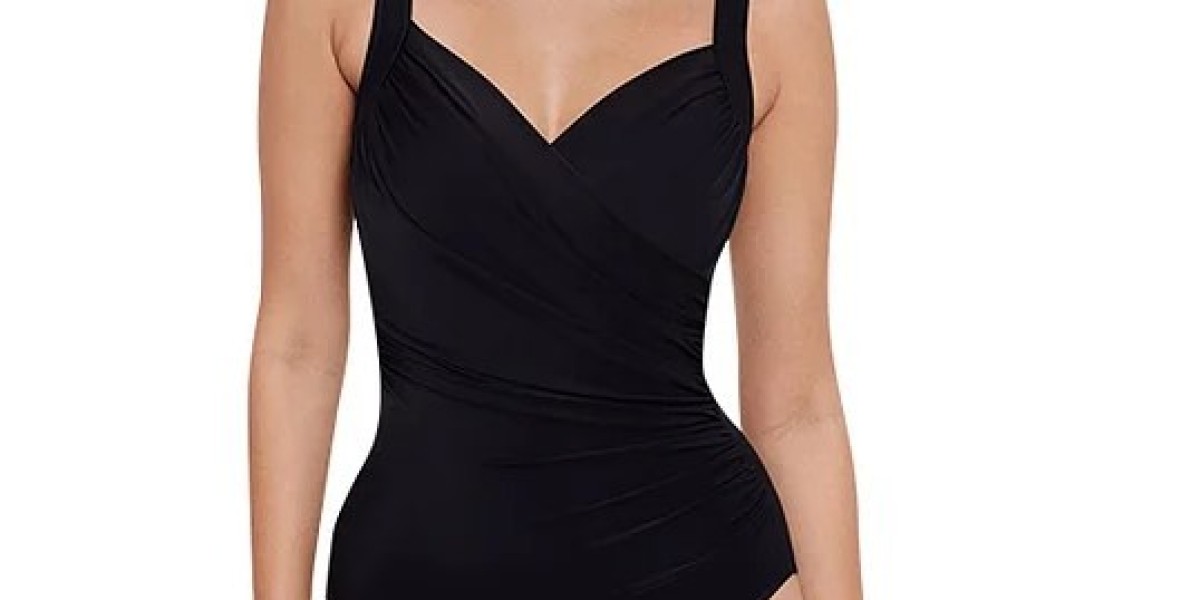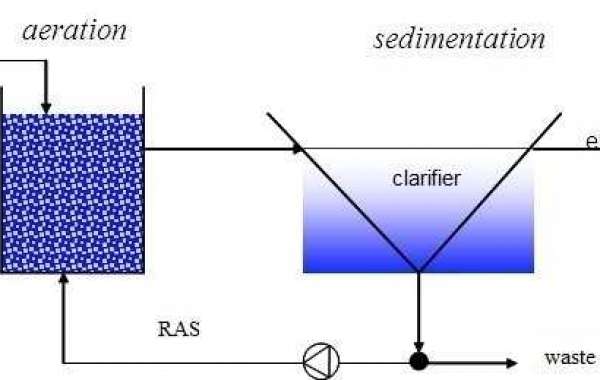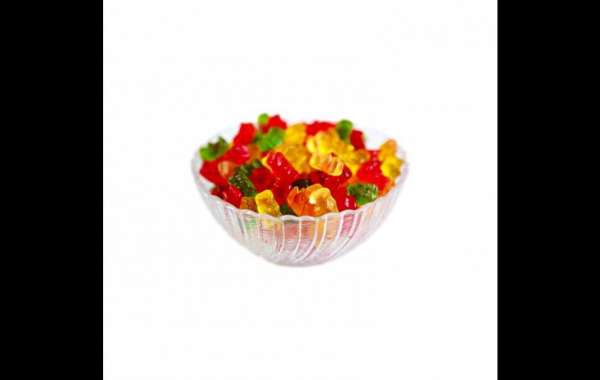What is PBT material
PBT, or polybutylene terephthalate, is a polyester material that has gained prominence in the swimwear industry due to its unique properties. This synthetic fiber is known for its excellent elasticity, durability and chlorine resistance, making it ideal for competitive and casual swimwear. As the demand for high-performance swimwear continues to rise, understanding the properties of PBT materials is particularly important for both manufacturers and consumers.
Characteristics of PBT materials
PBT is a synthetic fiber with excellent elasticity and durability. Compared with traditional polyester swimwear material, PBT performs better in terms of elasticity and recovery properties. Its stretchability can effectively support various movements of the body and provide a good fit. In addition, the UV resistance of PBT materials is also very outstanding, which can protect the skin in a high UV environment and reduce the damage of sunlight to swimmers.
PBT material also has excellent chlorine resistance, making it difficult to fade and damage when used in swimming pools. This characteristic makes PBT the material of choice for swimwear manufacturers, especially in the field of competitive swimming and recreational swimming. This chlorine resistance of PBT is particularly important because chlorinated water in swimming pools can cause degradation and deformation of other materials.
Advantages:
Elasticity: PBT has excellent stretching and recovery capabilities, enabling the swimsuit to hold its shape and fit tightly. This elasticity is crucial for competitive swimmers who need a streamlined silhouette to reduce drag in the water.
Durability: PBT is very wear-resistant, ensuring the long service life of the swimwear under frequent use. Its rugged nature allows it to withstand the harsh conditions of daily swimming training without compromising performance.
Chlorine resistance: Compared to many other materials, PBT does not degrade rapidly in chlorinated water. This feature makes it ideal for swimmers who are active in the pool regularly, helping to maintain the structure and integrity of the swimsuit.
Fast drying: The low water absorption of PBT means that the swimsuit dries quickly after swimming. This feature increases comfort and convenience, especially for those who need to transition from water activities to other situations.
Comparison with Other Materials
When comparing PBT with other common swimwear materials like Lycra and traditional polyester, several distinctions emerge:
Feature | PBT | Lycra | Traditional Polyester |
Elasticity | Excellent | Superior | Good |
Chlorine Resistance | High | Moderate | Low |
Quick Drying | Yes | Yes | Yes |
Durability | Very High | Moderate | Good |
Texture | Matte | Slick | Varies |
PBT is highly regarded for its matte texture and excellent performance in water. While Lycra performs well in terms of stretchability, it tends to degrade faster in chlorinated water environments, making PBT a more durable choice for swimwear.
The application of PBT in competitive swimming competition
PBT is favored in competitive swimming because of its ability to withstand intense use while maintaining superior performance. Its resistance to UV radiation and chemicals further enhances its applicability in outdoor swimming environments. Many professional swimming teams and athletes choose swimsuits with PBT materials because they provide better fit and durability, which brings a competitive advantage.
Environmental impact of PBT materials
As with other synthetic fibers, the environmental impact of PBT is also an important consideration. However, due to their superior durability, swimwear using PBT does not need to be changed frequently, thus potentially reducing waste. In addition, many manufacturers are exploring environmentally friendly production methods by using recycled materials to make PBT fabrics to meet the growing demand for sustainable fashion.
Sustainable practices in swimwear production
Recycled materials: Currently, some brands are using recycled plastics to produce PBT, thereby reducing the environmental impact of new material production.
Longer life: The durability of PBT makes swimwear made of this material more durable than alternatives, resulting in less waste overall.
Comfort and performance features
In addition to the technical specifications, the PBT also excels in terms of comfort:
Breathability: The fabric's structure allows for good airflow, ensuring that swimmers remain comfortable during prolonged wear.
Soft texture: Unlike some synthetic fibers that can irritate the skin, PBT is very soft on the body and minimizes friction during exercise.
Lightness: Swimmers usually prefer lighter materials so that they don't feel heavy while swimming in the water.
Conclusion
PBT materials have revolutionized swimwear with their blend of comfort, durability and performance. As more brands adopt this innovative material, swimmers can enjoy a better experience in the water without compromising on quality or sustainability. With ongoing advances in fabric technology and a growing emphasis on environmentally friendly practices, the future of swimwear looks promising at the forefront of PBT.










